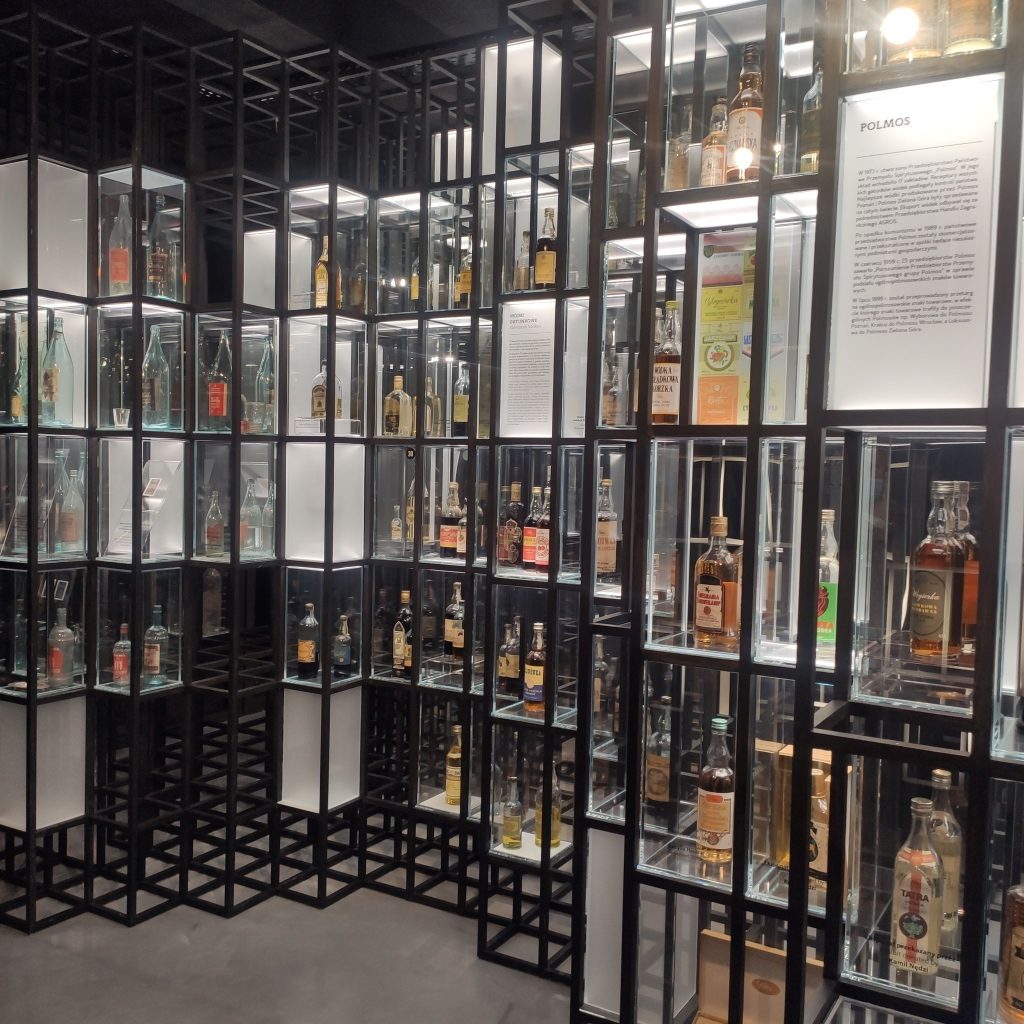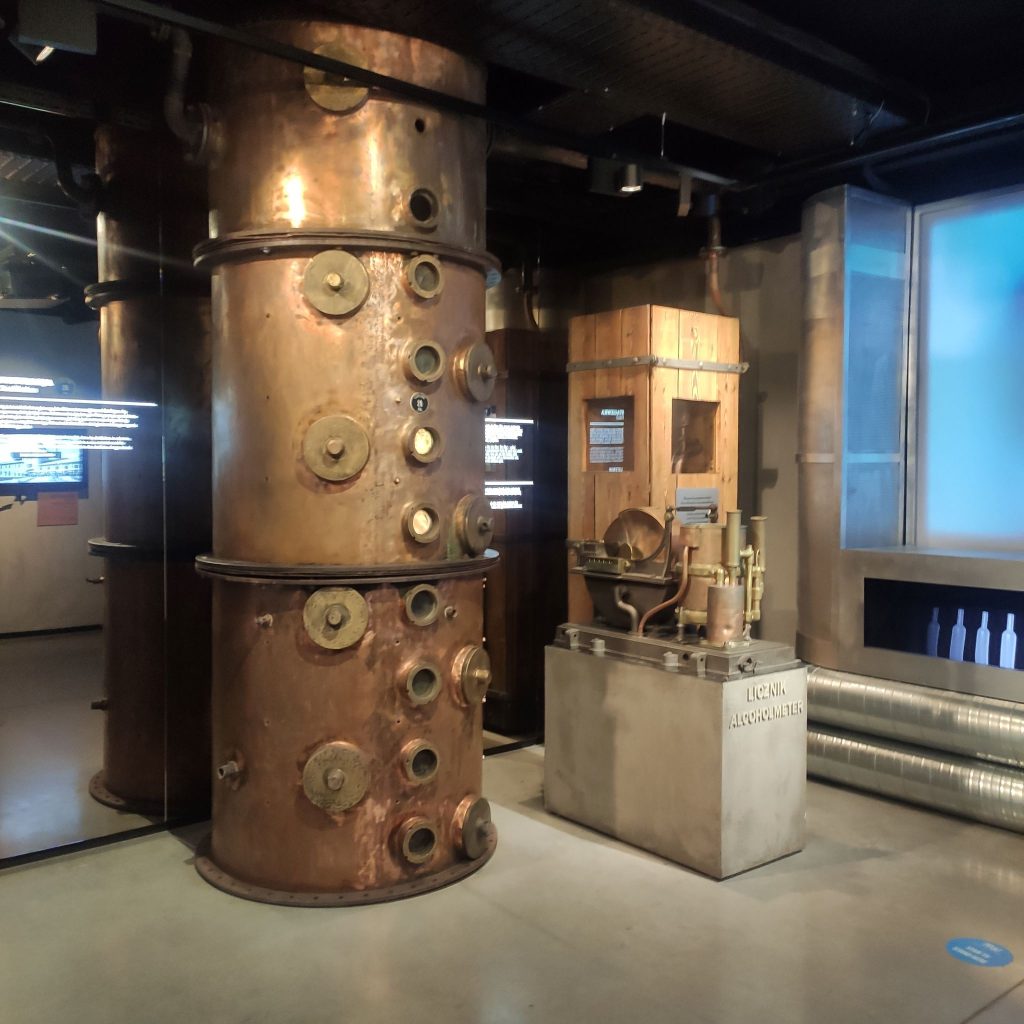Visiting Poland and not having a taste of Polish vodka is like visiting Paris and not seeing the Eiffel Tower. It simply doesn’t count 😉 This transparent liquid with high alcohol percentage has been a traditional element of parties and celebrations for centuries; the formula and the production process have been mastered to such a degree that vodka is now considered to be part of the Polish heritage. In 2018 it even got a museum of its own, where you can learn all about its history, the production process, as well as… have a taste of different varieties. The Polish Vodka Museum awaits visitors in Warsaw, on the right side of the Vistula river.

The site chosen for the museum is not random. It is located in one of the buildings of the former ‘Koneser’ vodka factory in Warsaw. The factory was built in the 19th century, but it flourished during the communist era, when vodka was exported on a mass scale to the western markets, even to the United States. Does the distinctive Wyborowa label ring a bell?


How is vodka made?
When you look at the transparent, crystal clear liquid, it is hard to believe that the basis for making it could be… cereals or potatoes! One of these products (or sometimes a combination of both in the right proportions) is ground and then fermented. However, the alcohol percentage in this semiproduct is very low, so the next step is distilling it. Distillation is how we can obtain spirit that contains almost 98% of alcohol. Later, distilled water is added to the alcohol and the liquid is bottled.
Naturally, this is a rough description of the process, but in the museum you can take a closer look at each step, as well as see professional distillation equipment.


The history of vodka
You may be surprised, but no matter how much we like to think that Poland is the homeland of vodka, distillation was actually invented by the Arabs, and brought to the territory of Poland through Spain in the early Middle Ages. For centuries, vodka was considered to be the cure for every possible kind of problem and illness. So, we had vodka for the state of melancholy, vodka to cure eye problems, vodka to warm you up, to cure the common cold or… even to cure liver problems. Depending on the purpose, different things were added to it - mainly herbs and plants, but sometimes even such unusual things as rooster meat. If you are eager to learn how to make these fantastic therapeutic mixtures, there's an entire wall covered in old recipes in the museum.
People used to have such a strong faith in the curing power of vodka that they commonly called it ‘aqua vita’, which is Latin for ‘water of life’. And 'aqua vita' is where the name of the most exclusive Polish vodka, Okowita, comes from.


Last but not least: vodka tasting
The museum visit ends with the most pleasant and exciting point - vodka tasting. It turns out that you can savour vodka, just like you savour French wine 😉 Three kinds of vodka are served, including the above-mentioned Okowita: made from rye, wheat and potatoes.


 LET'S DESIGN YOUR TOUR!
LET'S DESIGN YOUR TOUR!